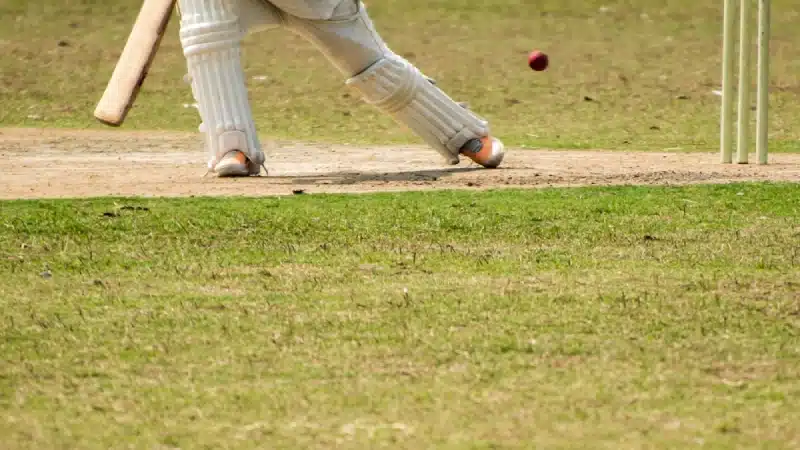
The International Cricket Council (ICC) in January 2022 implemented a new ruling - slow over rate penalty in T20I cricket - in its efforts to help accelerate the speed of a cricket game.
In simple terms, it’s an in-match penalty when the bowling team fails to complete the innings by a stipulated time.
The slow over rate penalty in T20I cricket was first used in a one-off T20I between West Indies and Ireland on January 16, 2022. It was also enforced during an Asia Cup 2022 match between arch-rivals India and Pakistan.
Both teams were penalised for failing to bowl 19 overs by the cut-off time. India, who won the toss and elected to field first, had Bhuvneshwar Kumar and Arshdeep Singh bowl the last two overs of the first innings with five fielders inside the circle. Their overs at the death saw India concede 23 runs and grab three wickets with the 11 deliveries that they bowled to skittle out Pakistan.
Pakistan, on the other hand, had to see through overs 18-20 with an extra fielder inside the 30-yard circle and only four manning the boundary ropes.
What is the slow over rate penalty in T20I cricket?
According to the ICC, the over rate regulations captured in clause 13.8 of the playing conditions stipulate that a fielding side must be in a position to bowl the first ball of the final over of the innings by the scheduled or rescheduled time for the end of the innings. If they are not in such a position, one fewer fielder will be permitted outside of the 30-yard circle for the remaining overs of the innings. The rule change applies to both men's and women's T20Is.
What is the cut-off time before the slow over rate penalty in T20I cricket is enforced?
Each fielding team in a T20I fixture must start the 20th over by the 85th minute. This steers away from the earlier functioning policy where each team had 85 minutes permitted to complete their 20 overs.
In the event of injuries, DRS reviews, the ball being lost or any unforeseen incident that causes the match to be delayed or interrupted, the end time for the innings will be reworked and communicated to the fielding team and batters by the match officials.
Author: William Paul
Featured photo: AFP / RANDY BROOKS




















